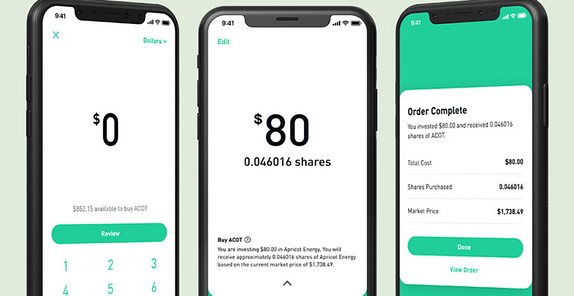
Dear Ms. Smartphone: You mentioned an investment in last week’s column so I decided to write you about that. I am finding myself with a lot of time on my hands, and not a lot of cash since I was laid off from construction in March. I opened up an account with a brokerage account that trades stocks and they have a no-fee policy. So, I log in there to buy and sell stocks. My wife says I am spending too much time on my phone, but I think that I am learning something new, and hope to make some spare cash on the side. A.J., Alameda
Dear A.J. You are not alone as thousands of new “retail clients” (industry talk) have jumped on the trading bandwagon during this crisis. You only need a brokerage account and a smartphone to get into the market.
One reason is that without sports to wager on, bettors have turned to day trading. Both professional and recreational gamblers are now in the stock market, according to Sports Illustrated. Once these traders are able to return to their regular activities, remember a quote from the venerated investor Warren Buffett: It’s only when the tide goes out that you learn who’s been swimming naked.” (source: MarketWatch).
Invest in What you Know!
The other reason people are investing is that, like you, they have time, and need cash. DearSmartphone is not certified as an investment advisor, but she is on solid ground when she recommends that you do your homework, invest in companies or industries that you know something about (home builders? construction? materials?), hold a diversified portfolio and don’t put up the money you would normally use to pay the rent.
A concern, as your wife notes, is the time you amass on your phone now that you’ve become a stock trader. In recent times, but before smartphones, a stock broker (i.e. the certified investment advisor!) would spend all day, at a desk, on a computer, following the market and individual stocks for clients. With changes in technology, everyone can now be their own stock broker, and move in-and-out of the market with lightning speed.
The Social MediA of Wall St.
This new trading environment is volatile. It seems chaotic and it is susceptible to “fake news” and rumor. When it comes to investment tips, ads can be bought, ideas can be planted on social media or in newsletters, and CEO’s can spin speculative but hopeful stories. Any of these messages will rapidly diffuse into the larger information mainstream that investors, like yourself, tend to read or see. Those sources, not necessarily the underlying financials of the company, may swing the stock, options, and futures market up- and -down in micro-seconds.
So, do use your smartphone to keep on top of the message stream and identify whether the sender and the story are credible (the research I mentioned). The Securities and Exchange Commission notes (2015) that social media can provide benefit for investors, but is also presents opportunities for fraudsters to engage in market manipulation or “pump and dump” schemes. It’s almost like reading email: you are less susceptible if you know how to identify the spam and get rid of it.
As you spend more time on your phone with your stocks, I encourage you to ask if this is how you want to invest your two most precious resources: these are your time and your attention. You are channeling them to your device so make sure you enjoy the ride!


Leave a Reply
You must be logged in to post a comment.